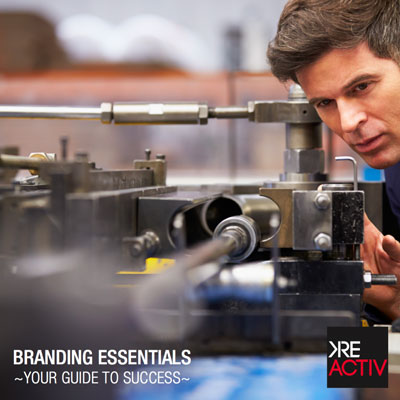 May
12
2015
May
12
2015
9 steps to improve your designs
01. Understand the project
Before starting design work, understand what the project is really about, what function it has and what the end user should get out of it. Fjallraven Kanken Occasion Don’t let design overrule functionality.
02. Communicate your idea right
You cannot underestimate the power of presentation, both internally and in front of the client. As a designer, communicating ideas clearly and concisely eliminates a lot of questions and feedback sessions, saving time for actual work. The client will immediately feel that you have everything under control, and will trust your opinion much more.
03. Think about the framework
Whether you design for web, mobile or TV, think about the framework and the main user interaction first when you kick off a project. Consider how the user interacts with a device, how much space you have to design for, how the user will go from one view to another, and how the navigation will be used.
04. Keep finding work exciting
No matter how excited you are at the start of the project, it’s easy to lose your enthusiasm along the way, especially the work lasts a few months and there are constant revisions.
On projects like this, it’s important to identify areas no one is really paying attention to and innovate there, balancing this with regular work on parts of the site that require lots of attention.
05. Work on individual pixels
Getting your idea right is only 50% of the work: the rest is pure execution. So many projects have great ideas but fail to make an impact because those ideas are implemented poorly.
Since the bar has been set so high by leading brands, most users can easily distinguish between a poorly executed design and a well-executed one. They might not spot the actual pixels that are off, but they will catch the overall look and feel.
So aim for with pixel-perfect design. Work on the smallest details, even if you think they will never be noticed. It’s these little details that will help your design stand out.
06. Nike Air Max 2016 Dames Zwart Question yourself
Being confident in your work is important. nike air max 2016 goedkoop However, it only matters if the end result is an outstanding design. new balance 577 femme During the work process, question yourself, rethink, and question again. Are you on the right track? Is this innovative enough? Is the execution strong?
Think of it as if you were the user, or if you were your own client: would you find what you have produced new or inspiring? Questioning yourself will help you go through the design process more quickly, and will yield better results in the end.
07. Check with others
Designers often end up working in silos. Fjallraven Kanken Sale Kids This is limiting. Everyone around can have a valuable creative input into a project: developers, producers, and even clients. There are so many things you might not know about, and one idea can prompt another. Maybe some of the latest tech solutions can inspire you to come up with something new and interesting.
08. Organise your work
Working at an agency can be a collaborative process where multiple designers work on the same project. This makes it very important to keep your work organised, from having an intuitive folder structure and naming files consistently, all the way down to the way you label layers in a PSD file.
When passing your PSD to another designer, that person should not have to spend any precious time understanding what is where.
Layers should be named logically, and organised from top to bottom, with the top Layer Group being the one that contains the navigation elements (if navigation is at the top of the screen), and the bottom Layer Group being the one that has all the footer items.
Unused layers should be removed. This will also look more professional when a designer delivers source PSD files to the client.
9. Be proud of your work
I know so many designers who aren’t happy with their work at the end of a project. “It might have been so much cooler,” they say.








